The Art of Calligraphy
Calligraphy is the art of beautiful writing, often using a pen or brush to create visually stunning letters and designs. This ancient art form has roots in many cultures around the world, including Chinese, Arabic, and European traditions. Calligraphy requires patience and practice to master, but once the techniques are learned, it can be a deeply satisfying and meditative practice.
One of the keys to successful calligraphy is having the right tools. This can include special pens or brushes, ink, and high-quality paper. Calligraphers often experiment with different materials and techniques to find what works best for them. Once the tools are in hand, calligraphy involves careful attention to detail and a focus on precision. The goal is to create letters and designs that are both beautiful and legible, often using intricate flourishes and embellishments.
Calligraphy has many applications in the modern world, from wedding invitations and certificates to branding and advertising. It is also a popular hobby and form of self-expression for many people. Whether practiced as a profession or for personal enjoyment, calligraphy is a timeless art form that continues to captivate and inspire people around the world.
Here are five examples of Calligraphy styles:
Copperplate: A classic pointed pen style with thin upstrokes and thick downstrokes, often used for formal invitations and certificates.

Gothic: A bold, dramatic style with heavy black lettering and intricate flourishes, commonly used in medieval manuscripts.

Italic: A graceful, cursive style with slanted letters and flowing lines, often used for poetry and personal correspondence.

Uncial: A rounded, unconnected style with simple, block-like letters, often used in early Irish manuscripts.

Brush: A fluid, expressive style using a brush and ink, characterized by dynamic strokes and varying thickness, commonly used in Chinese and Japanese calligraphy.


